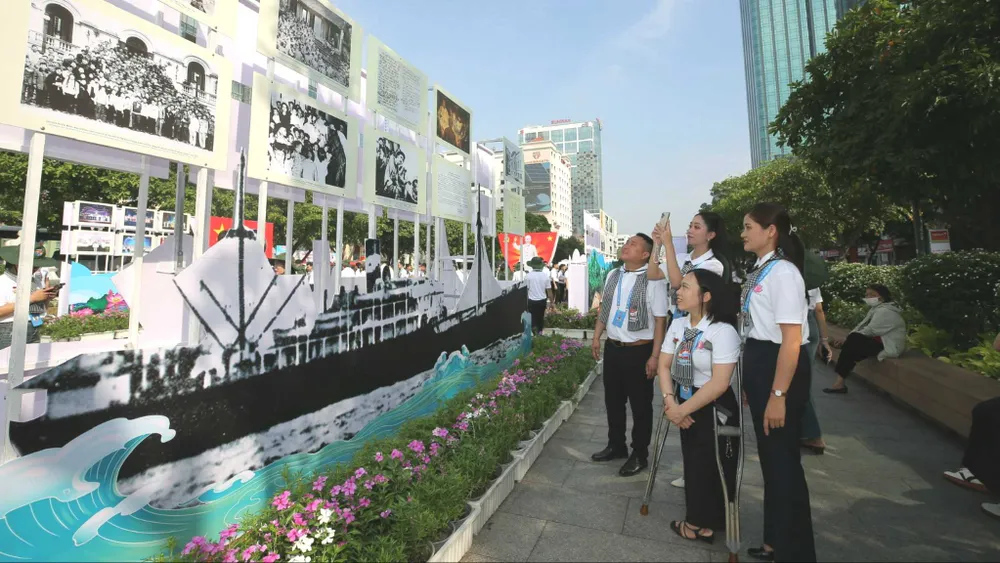
Respect the wishes of the community
After the merger, Ho Chi Minh City has become the largest metropolis in Vietnam with a population of over 20 million people. This change creates a huge management challenge for the street naming system, when the roads that used to have the same names in the old districts, towns, provinces and cities now belong to the same administrative system of the city.
Before the merger, Ho Chi Minh City had localized duplicate names between districts, such as: Nguyen Van Cu Street appeared in District 1, District 5, Binh Chanh District; Le Van Luong Street in District 7 and Nha Be District... After the merger, this situation is expected to increase sharply, the common duplicate street names are often the names of famous people, leaders, and national heroes. Dr. Nguyen Minh Nhut, Deputy Head of the Culture - Social Committee of the Ho Chi Minh City People's Council, analyzed: "In localities after the merger, it can be seen that groups of duplicate street names in adjacent wards and communes are quite common. For example, Nguyen Van Troi Street appeared in a ward formerly belonging to Ho Chi Minh City and an adjacent ward formerly belonging to Binh Duong province. The close distance makes it easy to cause confusion in traffic, delivery of goods, emergency, fire fighting and administrative management".
Regarding the addition of regulations on managing duplicate street names after the merger, many experts in the fields of culture, history and urban management share the same opinion: Many street names are famous historical figures chosen by provinces and cities to be the same and can be kept after the merger, as long as they are not in the same ward/commune, because changing them is very costly, and only in cases where the names are duplicated in the same ward/commune. Associate Professor, Dr. Ha Minh Hong, Vice President of the Ho Chi Minh City Historical Science Association, shared: "Street names should not be changed, but instead, new street names need to clearly identify the location of the ward name, for example, Le Hong Phong Street - Cho Quan Ward, Le Hong Phong Street - Vung Tau Ward. When the ward and city names are correct, determining the address will be simple and convenient for people. Duplicate street names should only be changed if there is a convenient opportunity, such as when opening a new road, or there are large-scale activities to edit and change old roads...".
“Changing street names requires community consultation through opinion surveys and public seminars before making a decision. The renaming process must be public and transparent, ensuring that people understand the reasons and avoid causing resentment. Pay special attention to streets that have long been associated with local residents. Only change the name if absolutely necessary and have a plan to support related legal documents,” Dr. Nguyen Minh Nhut expressed.
Choosing street names for heritage cities
In fact, in the process of implementing Decree No. 91/2005/ND-CP dated July 11, 2005 of the Government on promulgating the Regulations on naming and renaming roads, streets and public works (referred to as Decree No. 91), difficulties and problems have arisen such as: the criteria for selecting names to supplement the Name Bank are still general; the conditions for roads considered for naming are no longer suitable to the actual situation; the situation of duplicated street names has not been regulated for resolution; the criteria for determining large-scale public works of important significance have not been specifically regulated; the authority and responsibility between levels and agencies are sometimes unclear...
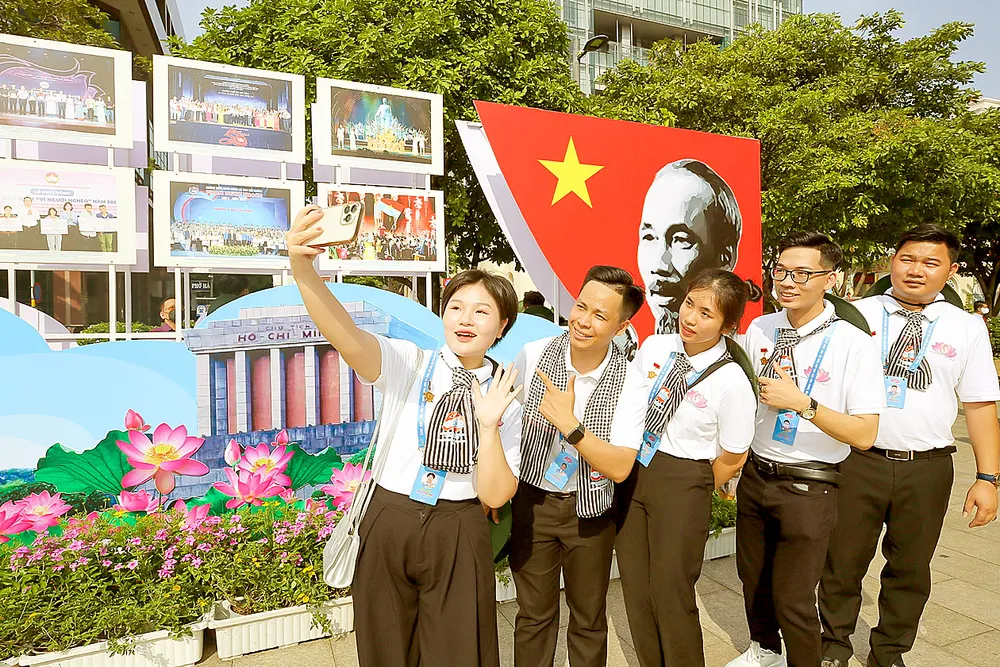
Regarding the issue of choosing names for duplicated bypass roads and creating a new look for the city, Ms. Le Tu Cam, Chairman of the Ho Chi Minh City Cultural Heritage Association, analyzed that Decree No. 91 defines that streets are named based on the following names: names of famous places; nouns with typical meanings; names of historical and cultural relics with typical values; names of revolutionary movements, historical events, victories against invaders with typical values; names of famous people, including foreign famous people. Ms. Le Tu Cam acknowledged: “Up to now, looking back, surely all of us can see that naming streets after famous people accounts for an almost overwhelming proportion. Especially, in the situation where the whole country is being rearranged, some provinces and cities no longer have names, some places are named after wards, but there are also many places that once left their mark in the process of fighting to protect and build the country that no longer exist. This is a large space for the fund of naming streets after places, names of historical and cultural relics. If we fully exploit the above factors, naming streets in the city will contribute positively to making the metropolis of Ho Chi Minh City have the color of a heritage city. This is like an outdoor heritage network, because a street, a name all carry historical and cultural marks”.
Sharing the same view, Dr. Truong Hoang Truong, lecturer at the University of Social Sciences and Humanities - Ho Chi Minh National University, shared: “Taking the names of islands, mountains, rivers, lakes... to name roads has many benefits and great significance in terms of education and politics. Our country has more than 2,700 coastal islands and 2 offshore archipelagos, Hoang Sa and Truong Sa, with 41 coral islands, 331 coral reefs and 16 shoals. Naming roads after islands and archipelagos not only helps to improve knowledge about the country's geography but also serves as a reminder and affirmation of Vietnam's sovereignty over those islands. However, to ensure accuracy, we need strong support from geographers and historians...".
Dr. NGUYEN MINH NHUT, Deputy Head of the Culture - Social Committee of the People's Council of Ho Chi Minh City:
Technology application and community consultation
To solve the problem of duplicate street names, it is necessary to implement synchronous solutions, such as: reviewing and building a GIS database (geographic information system) to unify street names throughout the city; renaming duplicate streets that cause serious confusion according to the principle of preserving historical and cultural values and minimizing disruption; applying additional names with geographical identifiers; perfecting the transparent and scientific process of evaluating and approving street names; widely communicating, supporting people and businesses to update legal documents. In the period of 2025-2030, Ho Chi Minh City needs to issue a plan to rename streets with a suitable roadmap, combining the application of GIS technology, community consultation and learning from international experience, to build a unique and modern street name system, affirming the role of a national economic and financial center and global integration.
Mr. NGUYEN MINH NHUT, Deputy Director of the Department of Culture, Sports and Tourism of Ho Chi Minh City:
Remove meaningless or temporary street names
For a long time, the naming of streets in Ho Chi Minh City has reflected the soul of the city, each name has its own historical and cultural significance, and when looking at it, people can see the identity of this place. In the immediate future, the Department of Culture and Sports of Ho Chi Minh City will coordinate with relevant units and functional agencies to quickly resolve temporary street names and meaningless names. Each street name that is named or changed must be truly meaningful, reflect the soul and identity of the city, close and attached to the lives of the people to contribute to the formation of a heritage city. The renaming of streets in Ho Chi Minh City today, especially after the merger, will focus on listening to people's opinions, to avoid changes and disruptions that affect people's lives.
Source: https://www.sggp.org.vn/chuyen-dat-ten-duong-o-tphcm-tu-ban-do-hanh-chinh-den-ban-sac-van-hoa-post803547.html





![[Photo] Worshiping the Tuyet Son statue - a nearly 400-year-old treasure at Keo Pagoda](/_next/image?url=https%3A%2F%2Fvphoto.vietnam.vn%2Fthumb%2F1200x675%2Fvietnam%2Fresource%2FIMAGE%2F2025%2F12%2F02%2F1764679323086_ndo_br_tempimageomw0hi-4884-jpg.webp&w=3840&q=75)

![[Photo] Parade to celebrate the 50th anniversary of Laos' National Day](/_next/image?url=https%3A%2F%2Fvphoto.vietnam.vn%2Fthumb%2F1200x675%2Fvietnam%2Fresource%2FIMAGE%2F2025%2F12%2F02%2F1764691918289_ndo_br_0-jpg.webp&w=3840&q=75)





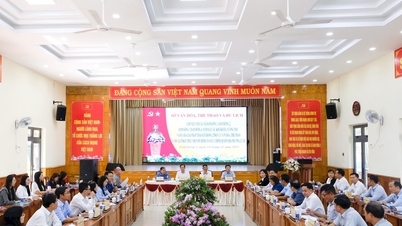



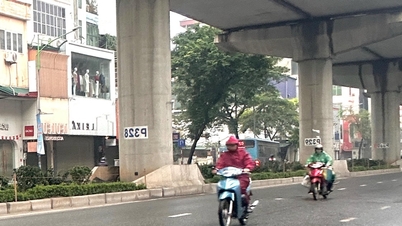




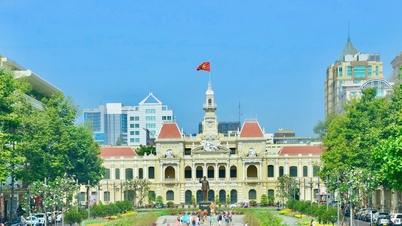



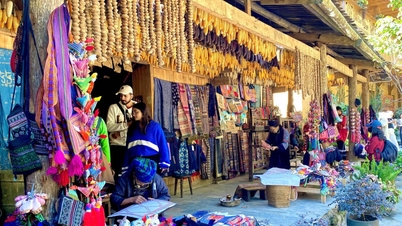





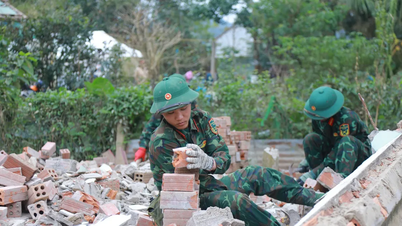
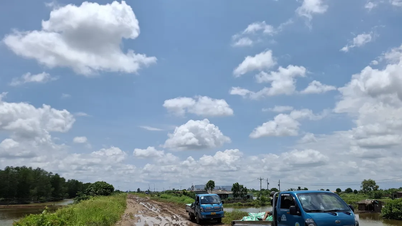
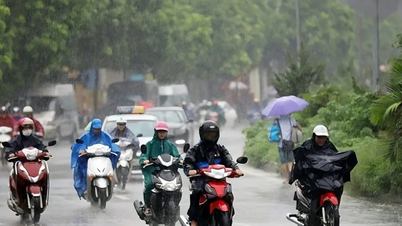



![[Video] Protecting World Heritage from Extreme Climate Change](https://vphoto.vietnam.vn/thumb/402x226/vietnam/resource/IMAGE/2025/12/03/1764721929017_dung00-57-35-42982still012-jpg.webp)

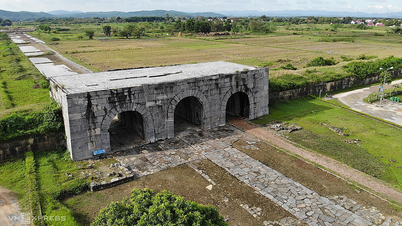





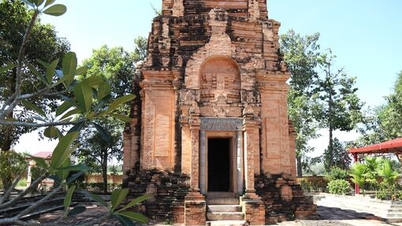

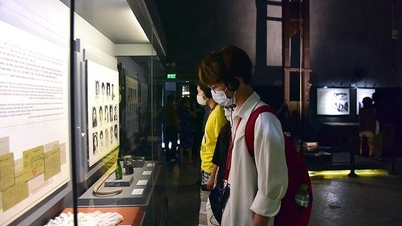









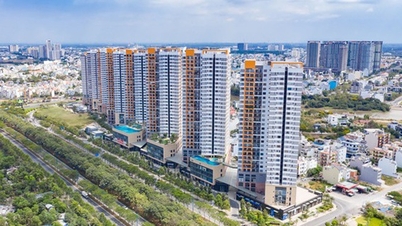



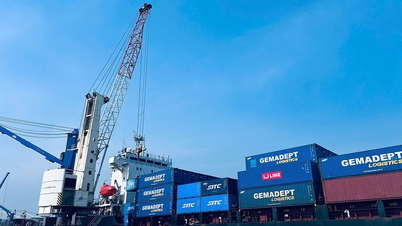







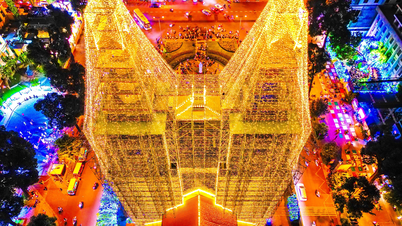




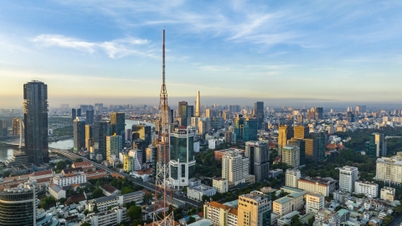


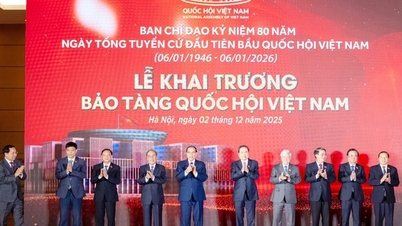


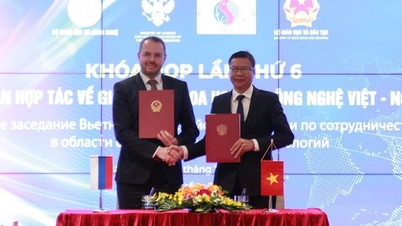


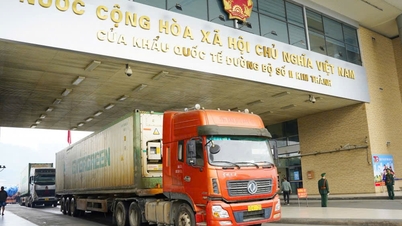





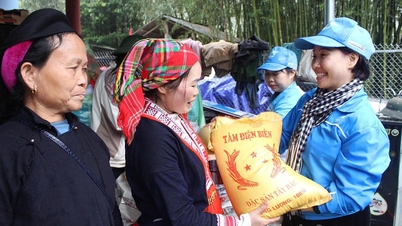


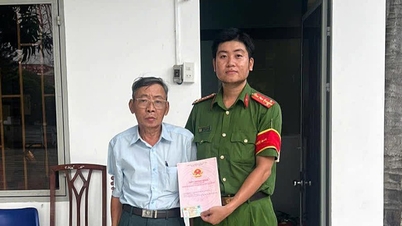
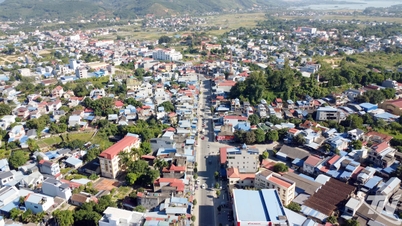

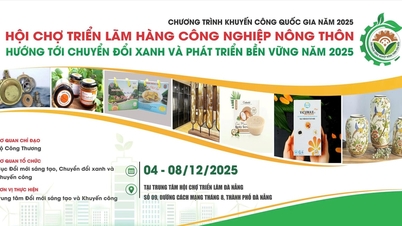














Comment (0)